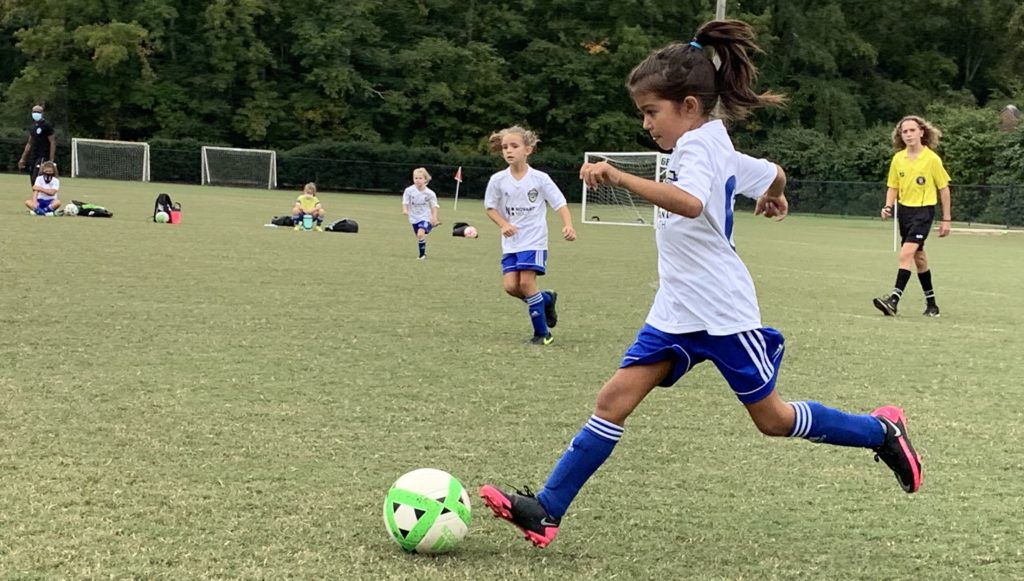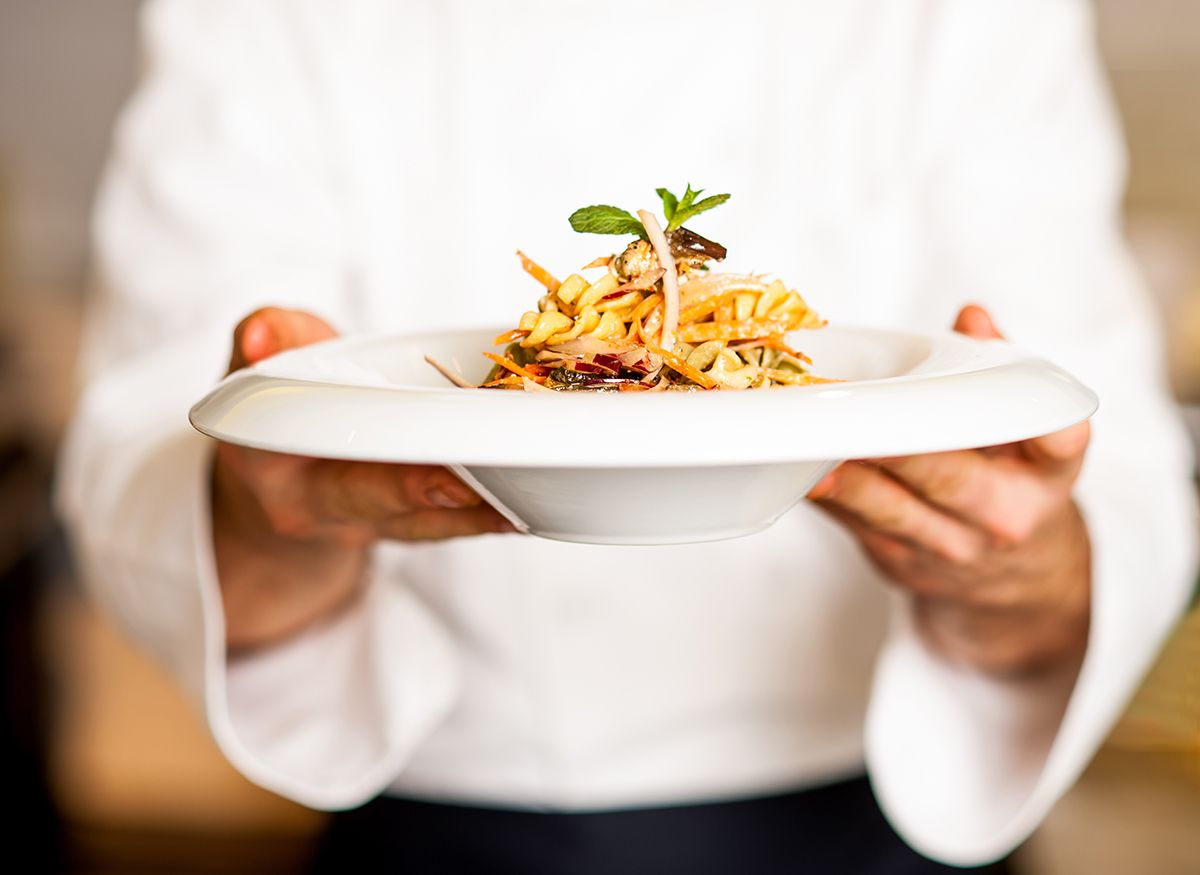 Oct. 27. By Cliff Mehrtens, Novant Health. It is a challenging time to be a young athlete.
Oct. 27. By Cliff Mehrtens, Novant Health. It is a challenging time to be a young athlete.
The COVID-19 pandemic, depending on your age, sport and where you live, has jumbled athletes’ schedules and routines in many ways. Some sports, insisting on safety measures, are playing. Others have been postponed until the winter and spring, in hopes of COVID-19 cases decreasing.
Athletes, coaches, administrators and fans are scrambling to keep everyone safe, with new rules on distancing and testing. Sometimes, plans change week to week. For athletes, whose schedules were thrust into turmoil in March when the viral outbreak began, the struggle remains to stay physically and mentally sharp in hopes of returning to competition.

Dr. Adam Culver. Courtesy Novant Health
Dr. Adam Culver of Novant Health Waxhaw Family & Sports Medicine, answered questions about the adjustments young athletes are making, and how they can best deal with a new sports landscape.
What are the precautions athletes have to take during COVID-19?
Athletes have a personal responsibility to set a good example for your teammates and others in the community. You need to follow the rules and be doing everything that your authority figures are telling you to do. That’s whether it is wearing a mask, social distancing on and off the field, washing hands vigorously or using hand sanitizer. All the things we’ve been advocating the general public do, those same measures apply for athletes.
With regard to safety, are there any major differences between practices and games?
With practice, the setting is a little bit more controlled. On the individual team level, you have coaches and trainers who can put some forethought in and figure out along with parents and other stakeholders, the best way to keep the athletes safe. That’s going to be different for each sport.
As for games, the North Carolina High School Athletic Association has thought about these things as well. They have guidelines in place to ensure that our athletes stay safe, as well as community members, coaches and everybody else.
If folks at a game don’t know what to do, surely there’s somebody on-site who knows what to do in terms of keeping you safe.
Some sports are riskier than others with potential COVID-19 spread. Which sports cause the most concern?
Sports that have physical contact, or there is a ball being passed around. Anything that can allow a respiratory droplet to be easily exchanged to another person, is riskier. Those are things with physical touch, like football, basketball and other contact sports. The non-contact sports aren’t foolproof, but definitely the contact sports carry more of a risk.
Is it safe for young athlete to be on a travel team and cross state lines for competition?
That will depend on the (COVID-19) case numbers and positivity rates. What are they in the place that the athlete is coming from and then, what are they where the athlete is going? You have to look at the data on a case-by-case basis.
What about injury risk for athletes who perhaps have been inactive for a few months, or not doing organized workouts in their offseason and suddenly jump back too vigorously?
That sets a stage for overuse injuries, issues with heat acclamation, or athletes over-exerting themselves because they haven’t given their bodies the proper time to get used to putting athletic stress on it. To combat that, I’ve been telling athletes to `stay ready, so you don’t have to get ready.’
One of the things I love about sports is that there are so many parallels between regular life and what you do on the court or field. As a doctor, I serve my patients best if I’m prepared, and I know what’s coming in the door and have thought about how I can help them best. I find that general preparedness is key in all facets of life.
What if a young athlete becomes infected with COVID-19? What should they and their parents do medically?
If you suspect COVID-19, contact your primary care provider to see what is the best way to get tested. If you have a high index of suspicion, you want to be responsible and protect teammates and others in close contact with you. Consider self-quarantining so you don’t spread it. Let your coaches, trainers and authority figures know what’s going on.
If you test positively, quarantine 14 days from the test date. Throughout that time, be in contact with your primary care provider, letting them know of any change in symptoms.
How can an athlete best deal with sadness, anxiety and depression that can be caused by all the uncertainty?
Talk to people. Use your support groups, friend groups, or talk to physicians about it. Develop other skills and habits outside of athletics. This is a perfect time to dig more into those types of things. Normally during a season, you’re in practice, you’ve got homework, you’ve got all these other things pulling you. Now you’ve got time to develop other skills and abilities that are going to set you up for the next phases of life. The goal is for you to be a well-rounded person, and being an athlete is part of that picture.
Is there anything that surprises you with the young athletes you’ve seen in the past few months?
Yes, their resilience. As an athlete, you live to compete and play your sport. I’ve seen so many kids, while upset that they’re not able to compete, have kept a positive attitude and wait on that opportunity to do what they enjoy.
It takes a certain amount of maturity that a lot of them didn’t know that they had, or their parents didn’t know that they had. It’s been a joy to talk to some of these kids as they’re going through this and seeing how successfully most of them are handling it.
—Novant Health / Healthy Headlines
For the latest health news and advice from Novant Health providers, visit: https://www.novanthealth.org/healthy-headlines/





